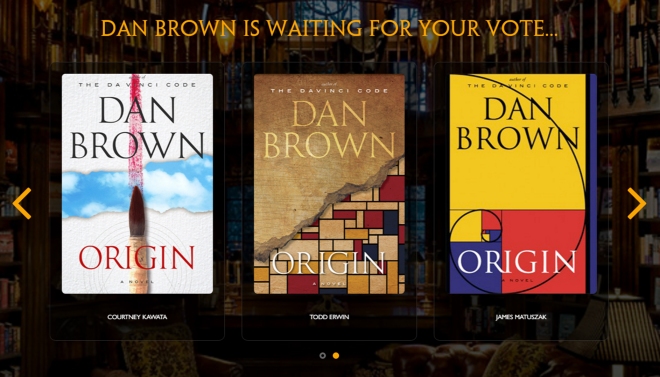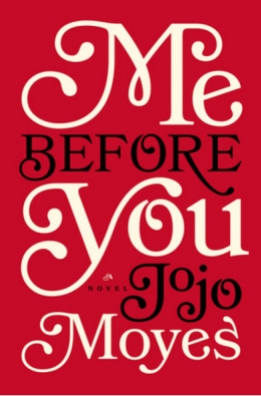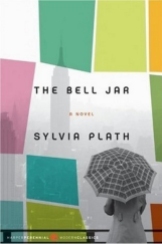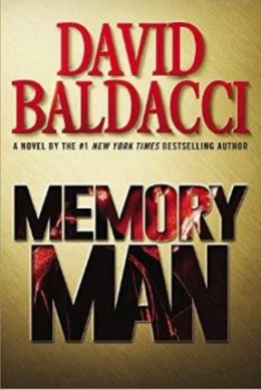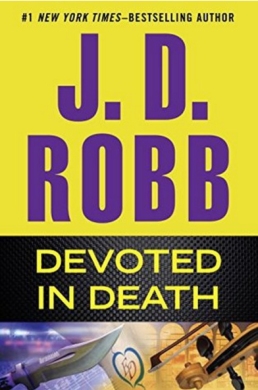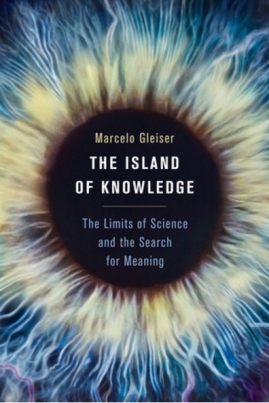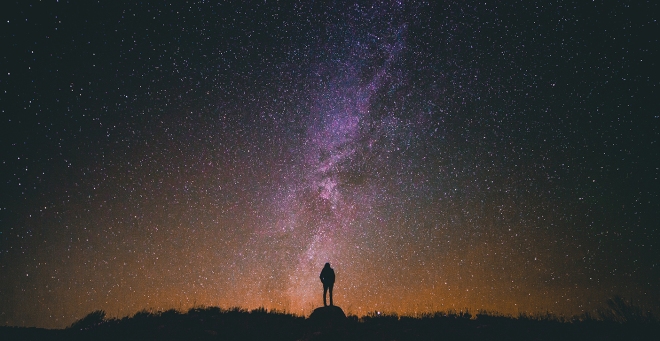I just watched Black Swan. It’s a movie that came out way back in 2010. I wasn’t ready to watch it at that time. But anyway, I liked watching it. The story is about a ballerina named Nina learning how to be the lead in Swan Lake, White Swam/Black Swan.

I didn’t know the story of Swan Lake before hearing it in the movie. It’s about a girl that’s turned into a swan, the White Swan. Finding love to escape the curse. She finds a Prince to love. Before he can turn her back, he is seduced by her evil doppelganger, the Black Swan. The White Swan is heartbroken. Instead of living as a swan without her love, she commits suicide.

According to the movie, the White Sawn requires perfect ballet. Nina is very good at precision and the perfect ballet required for that role. The Black Swan requires a more natural style. Nina can’t allow ballet to happen. She can’t let herself go and simply respond to the music. She can’t be out of control. That’s the part she can’t do.

The movie is about learning to let go and batting her self-injuring tendencies. Nina unconsciously harms herself and imagines perfecting herself by throwing away unacceptable parts of herself. I think that stems from her desire to be loved by her mother. If Nina isn’t perfect, she doesn’t get affection, just a strong hand controlling her. Anyway, Nina’s symptoms get worse with the pressure on her.

Nina is jealous of the new ballerina in the company, Lily. I liked Lily’s character much more than the troubled Nina. Lily is a natural. She let’s herself go in the movement of the dance. I enjoyed the unself-conscious way she moves through the world. I hoped a little of Lily would rub off on Nina.

I wanted a different storyline than what was presented to us. I wished Nina and Lily built a relationship, so Nina would learn what she needed to. That sadly didn’t happen. Events evolved in a different way that I didn’t like much.
Black Swan was a great movie. It made me think, and I love movies like that. Isn’t it startling how deeply our parents can influence our future self’s. It even more fascinating that we can’t remember the formative time before the age of two and a half years. Those few years greatly determine our personalities.
Have you seen Black Swan? What did you think?















